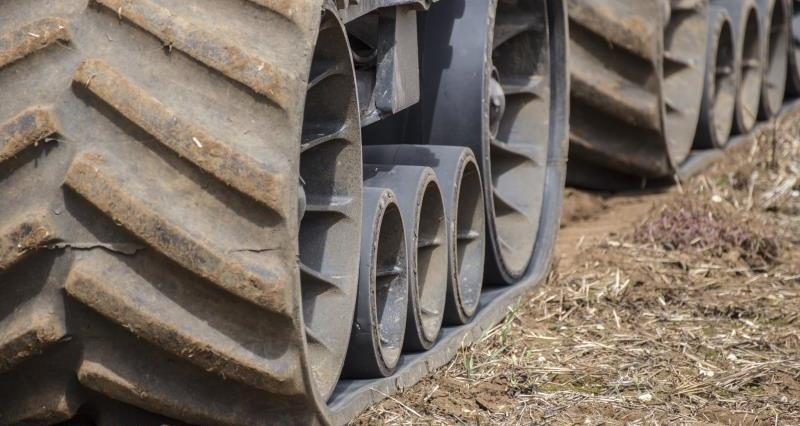This band of compressed soil restricts the movement of air, water and nutrients down through the soil profile.
Root development can be restricted, which affects yield and plant health, and reduces drought resilience and crop nutrient response. The risk of runoff and nutrient loss will increase by up to 50%.
A compacted soil has a higher risk of erosion as it is less porous, meaning it is less able to absorb water and resist surface runoff. Erosion removes soil, nutrients and pesticides from the field.
Fields damaged by compaction will recover over time, but care must be taken to identify the extent of the problem and manage it.

On an arable farm, the shape of wheel imprints in tramlines channel rain water. If tramlines become compacted, this can create pathways for water runoff. Runoff carries soil, nutrients and pollutants to the edge of the field and, potentially, to rivers. Research has shown that 80% of runoff in arable fields on sloping land comes from these compacted tramlines.
